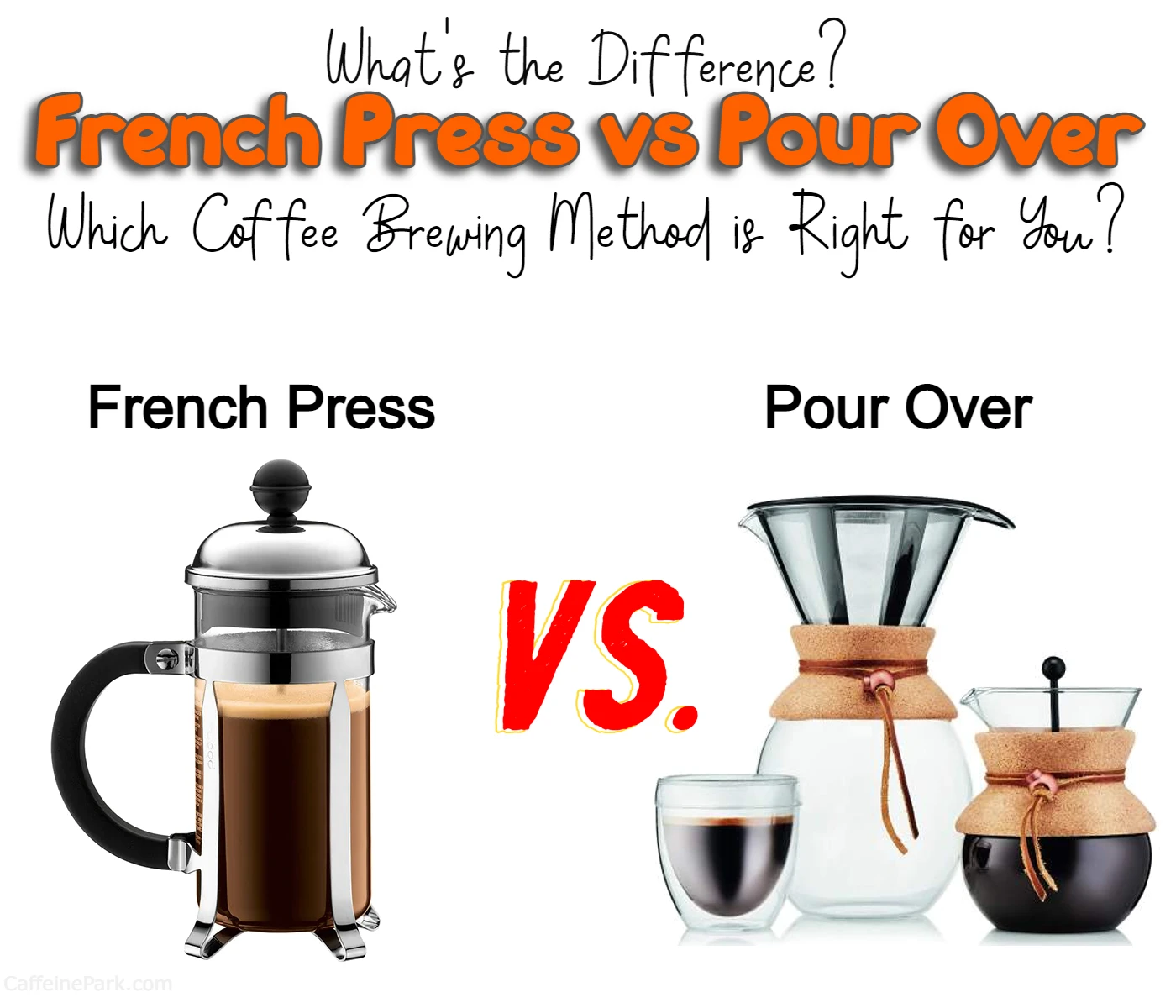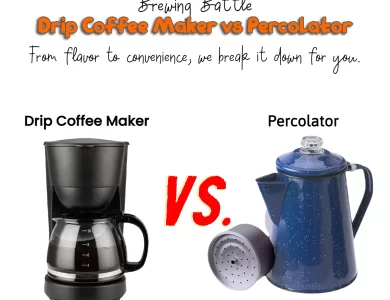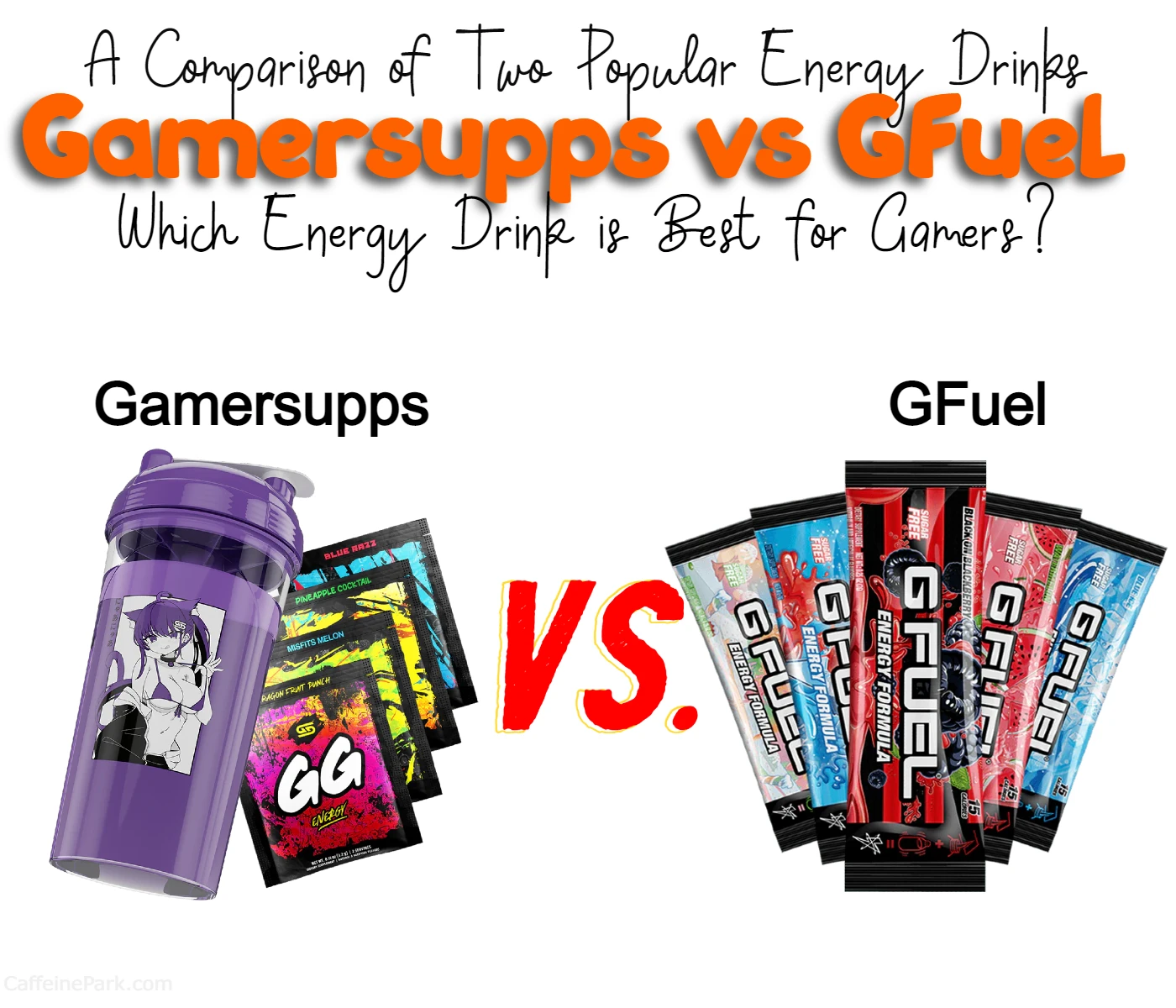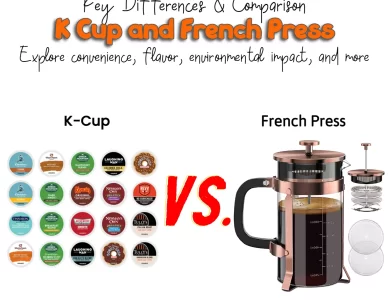French Press vs Pour Over

Welcome to my blog on French press vs pour-over coffee brewing methods. If you’re a coffee enthusiast or just someone who enjoys a good cup of joe, then you’ve probably heard of these two popular methods. While both methods produce delicious coffee, there are some key differences between them that can impact the taste, convenience, and overall experience.
In this blog, I’ll go over the differences between pour-over and French press coffee, including the equipment needed, the brewing process, taste, and more. By the end of this blog, you’ll have a better understanding of these two methods and which one may be the best choice for you. So grab your favorite mug and let’s dive in!
If you’re someone who loves coffee, then it’s important to explore different brewing methods and find the one that suits your taste preferences and lifestyle. Whether you’re a busy professional who needs a quick and easy cup of coffee in the morning or a coffee aficionado who enjoys experimenting with different brewing techniques, there’s a coffee brewing method out there for you. So read on and discover the differences between pour-over and French press coffee and find the one that’s right for you.
What is Pour Over Coffee?
Pour over coffee is a brewing method that involves pouring hot water over coffee grounds placed in a paper or metal filter. The water is poured in a slow and steady stream, allowing the coffee to “bloom” and release its flavors. The pour over coffee process requires a little bit of skill and patience, but it’s worth the effort.
Benefits of Pour Over Coffee
- Clean Taste: Pour over coffee has a clean and bright taste, as the coffee is brewed with hot water that is just off the boil. The result is a coffee that is rich in flavor but without any bitterness.
- Customizable: The pour over method allows you to control the brewing time and water flow rate, so you can customize your coffee to your liking. You can experiment with different brewing techniques and grind sizes to find the perfect cup of coffee.
- Easy Cleanup: The paper filter used in pour over coffee catches all the coffee grounds, making cleanup a breeze. Just remove the filter and toss it in the trash.
What is French Press Coffee?
French press coffee, also known as press pot or plunger pot, is a brewing method that involves steeping coffee grounds in hot water and then pressing a plunger down to separate the grounds from the liquid. The French press coffee process is simple and doesn’t require any special skills.
Benefits of French Press Coffee
- Full Bodied Taste: French press coffee has a full-bodied and rich taste, as the coffee is brewed with all the coffee oils and flavors intact.
- No Paper Filter: The absence of a paper filter allows for a full extraction of the coffee oils, resulting in a more robust and flavorful cup of coffee.
- Easy to Use: The French press coffee process is simple and straightforward. You just need to add hot water to the coffee grounds, let it steep for a few minutes, and then press the plunger down.
The Difference between Pour Over and French Press Coffee
Brewing Method
The main difference between pour over and French press coffee is the brewing method. Pour over coffee involves pouring hot water over coffee grounds placed in a filter, while French press coffee involves steeping coffee grounds in hot water and then pressing a plunger down to separate the grounds from the liquid.
Coffee Taste
The coffee taste between pour over and French press is also different. Pour over coffee has a clean and bright taste, while French press coffee has a full-bodied and rich taste. Pour over coffee is more delicate and nuanced, while French press coffee is bolder and more robust.
Grind Size
The grind size of the coffee beans is also different between pour over and French press coffee. Pour over coffee requires a medium to fine grind size, while French press coffee requires a coarse grind size. The grind size affects the coffee taste and extraction, so it’s important to use the correct grind size for each brewing method.
Brewing Time
The brewing time for pour over and French press coffee is also different. Pour over coffee requires a shorter brewing time of around 2-3 minutes, while French press coffee requires a longer brewing time of around 4-5 minutes. The longer brewing time for French press coffee allows for a more complete extraction of the coffee oils and flavors.
Brewing Equipment
The brewing equipment for pour over and French press coffee is also different. Pour over coffee requires a pour over dripper, a filter, and
a kettle for heating water, while French press coffee requires a French press pot with a plunger and a kettle for heating water. The equipment for both methods is relatively inexpensive and widely available.
Serving Size
The serving size for pour over and French press coffee is also different. Pour over coffee is typically brewed in single servings, while French press coffee can be brewed in larger quantities to serve multiple people. This makes French press coffee a good choice for entertaining or serving coffee to a group.
Cleaning
Cleaning is also a consideration when choosing between pour over and French press coffee. Pour over coffee is easy to clean, as you just need to remove the used filter and rinse the dripper. French press coffee requires more effort to clean, as you need to disassemble the plunger and wash all the parts separately.
Which Method is Right for You?
Choosing between pour over and French press coffee ultimately comes down to personal preference. If you prefer a clean and bright taste, enjoy experimenting with brewing techniques and grind sizes, and prefer easy cleanup, then pour over coffee may be the best choice for you. On the other hand, if you prefer a full-bodied and rich taste, like the convenience of brewing larger quantities of coffee, and don’t mind putting in a little extra effort for cleaning, then French press coffee may be the best choice for you.
Conclusion
In summary, pour over and French press coffee are two popular brewing methods that create different coffee tastes and experiences. Pour over coffee has a clean and bright taste, is customizable, and has easy cleanup, while French press coffee has a full-bodied and rich taste, requires a coarse grind size, is easy to use, and can brew larger quantities of coffee. Choosing between the two ultimately comes down to personal preference and what you value most in your coffee brewing experience. Happy brewing!
FAQs
The main difference between French press and pour over coffee is the brewing process. French press coffee is brewed by steeping coffee grounds in hot water and then pressing the plunger to separate the grounds from the coffee. Pour over coffee, on the other hand, is brewed by pouring hot water over coffee grounds in a filter and allowing it to drip through.
Pour over coffee typically produces a cleaner and brighter taste compared to French press coffee. This is because the coffee is filtered, removing any sediment or oils that can create a heavier taste.
No, the grind size for French press and pour over coffee is different. French press coffee requires a coarse grind size to prevent it from slipping through the mesh filter, while pour over coffee requires a finer grind size to ensure proper extraction.
Pour over coffee is easier to clean, as you just need to remove the used filter and rinse the dripper. French press coffee requires more effort to clean, as you need to disassemble the plunger and wash all the parts separately.
French press coffee can brew larger quantities of coffee to serve multiple people, while pour over coffee is typically brewed in single servings.
Read More:
Contents





